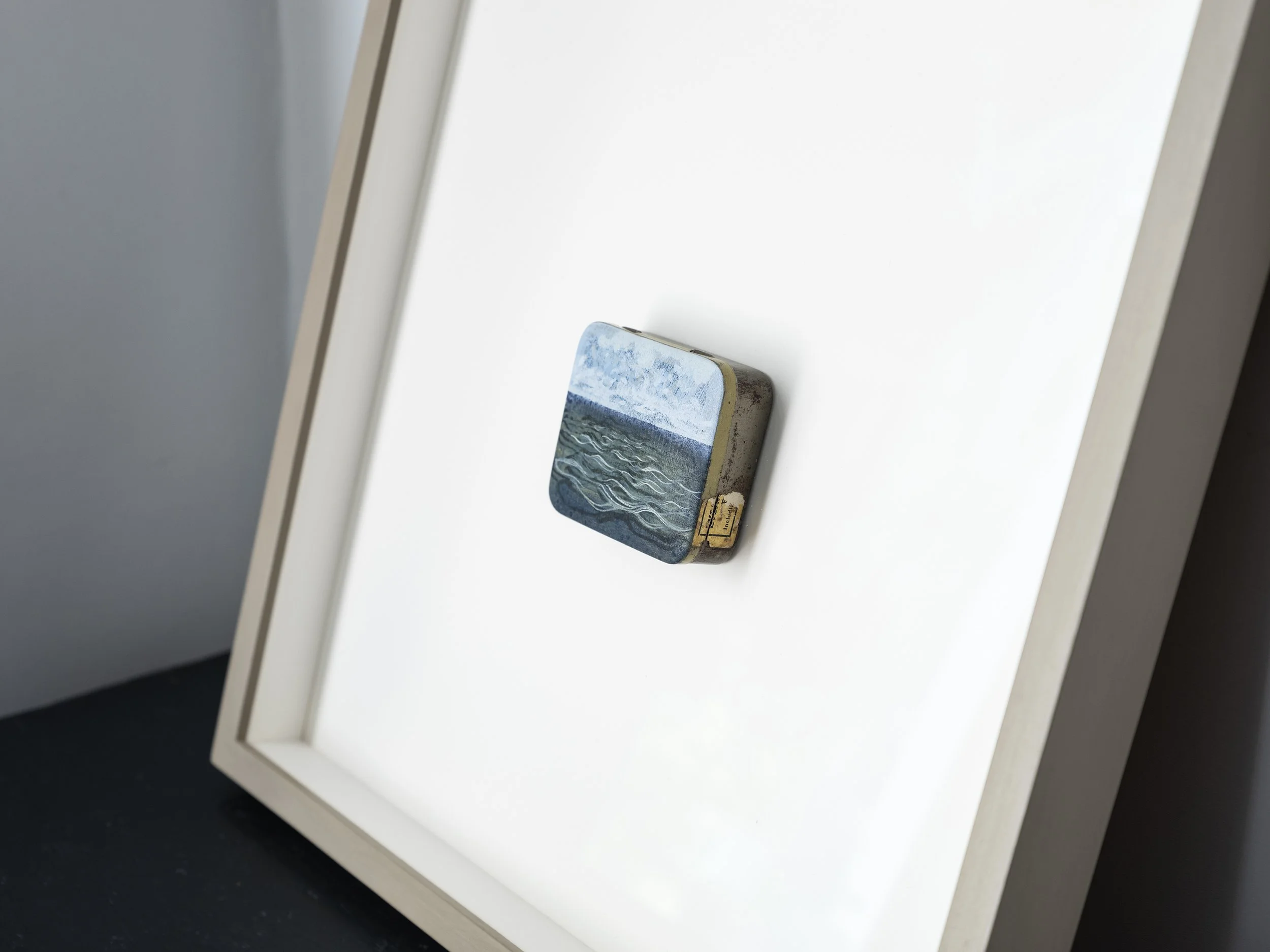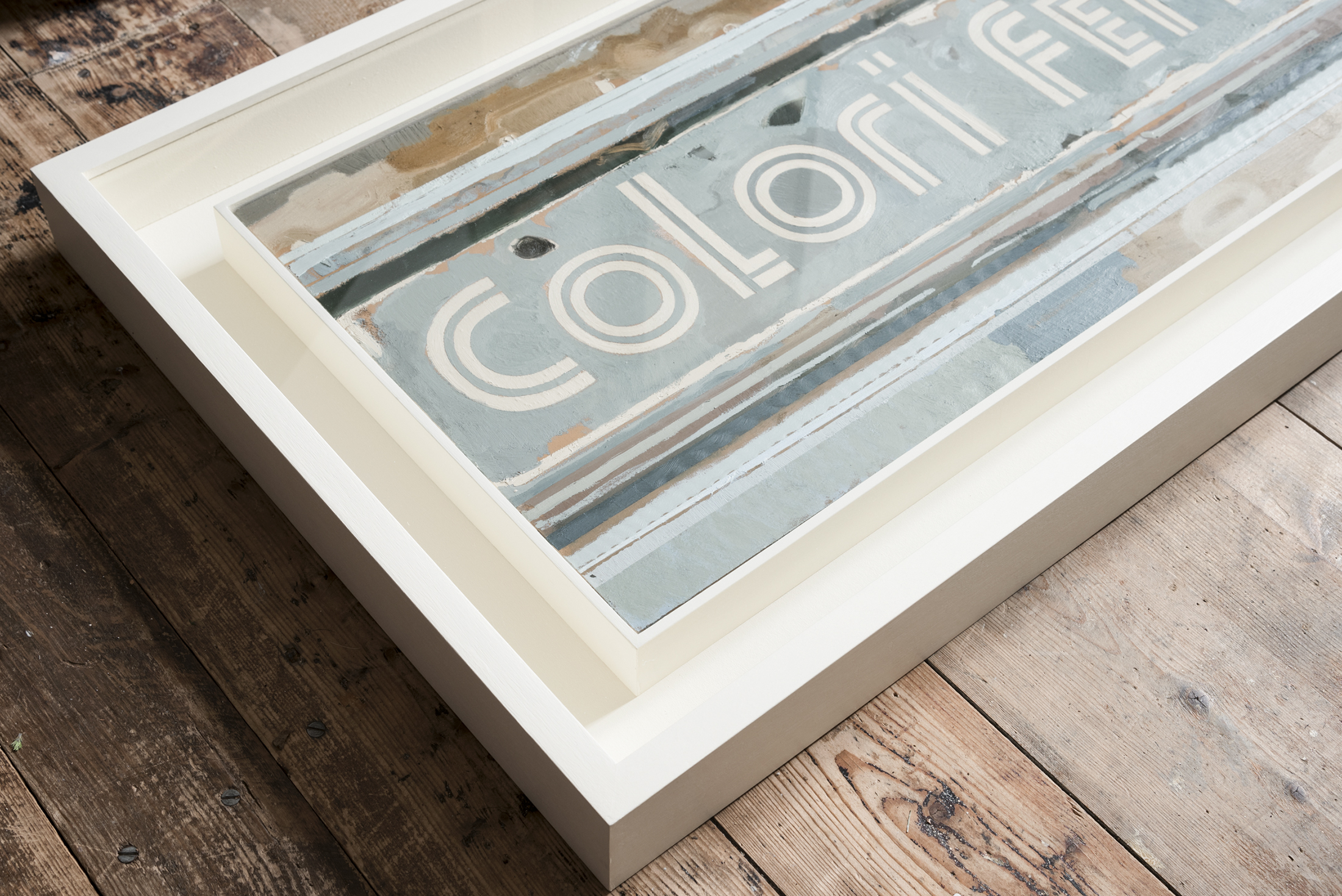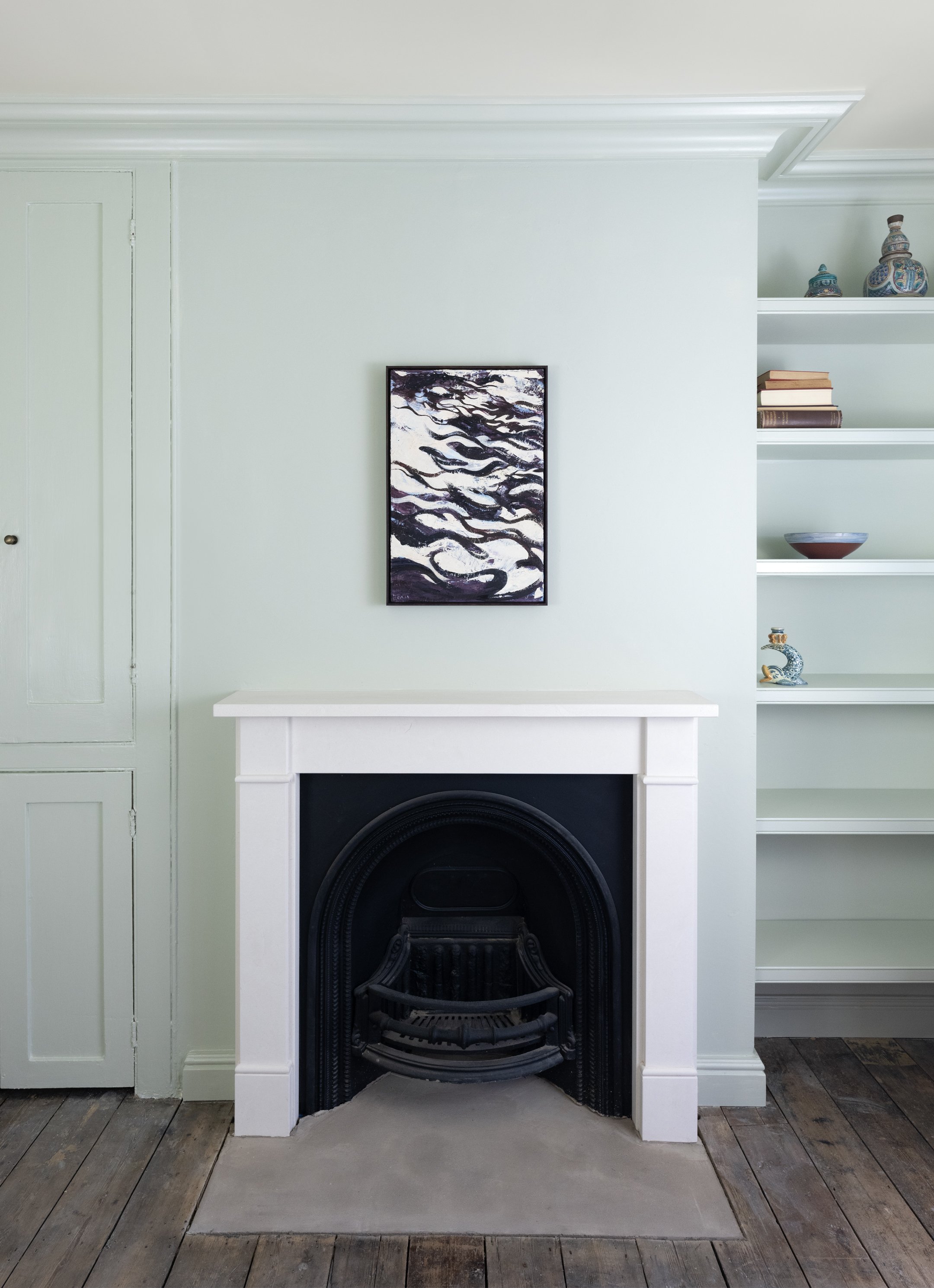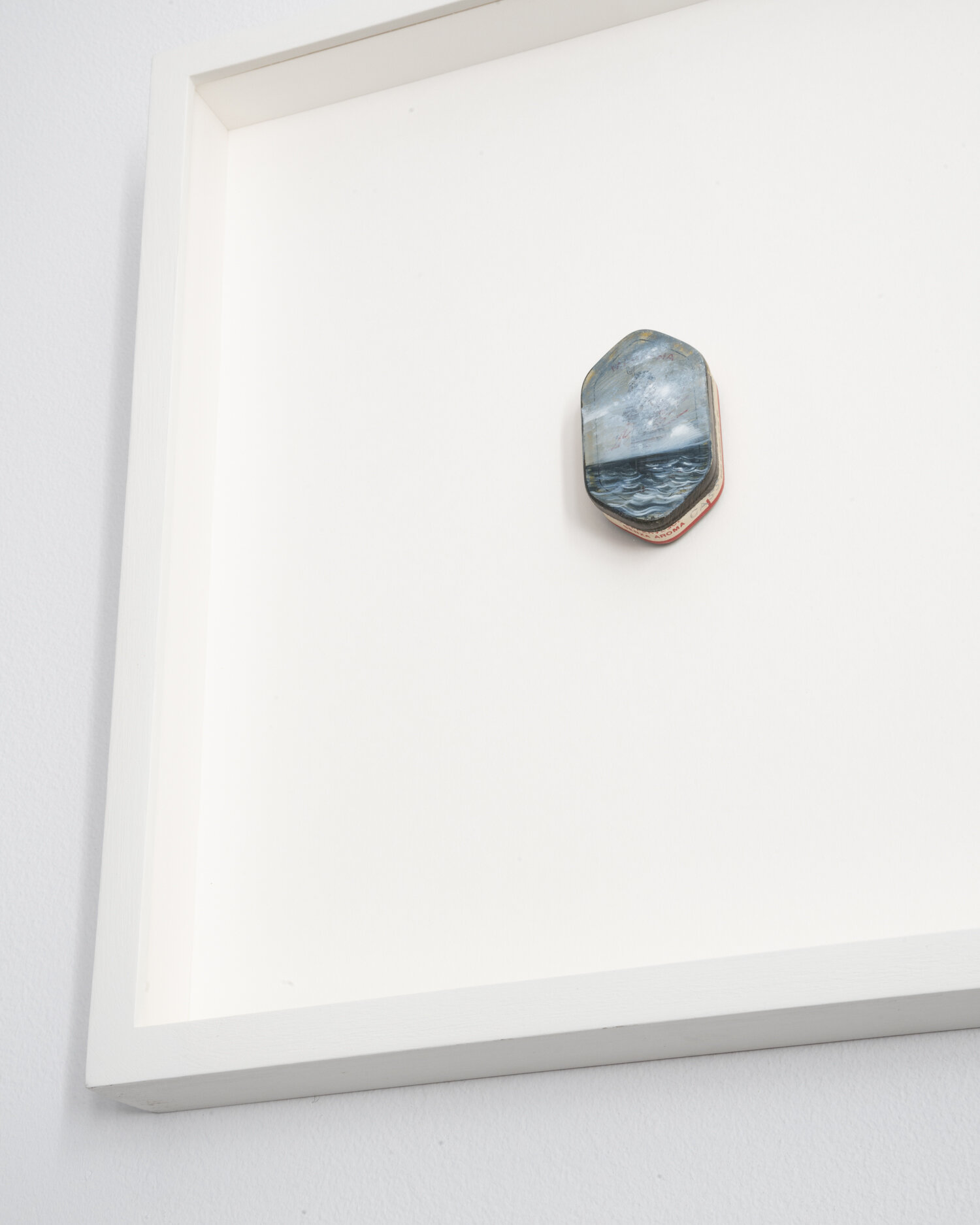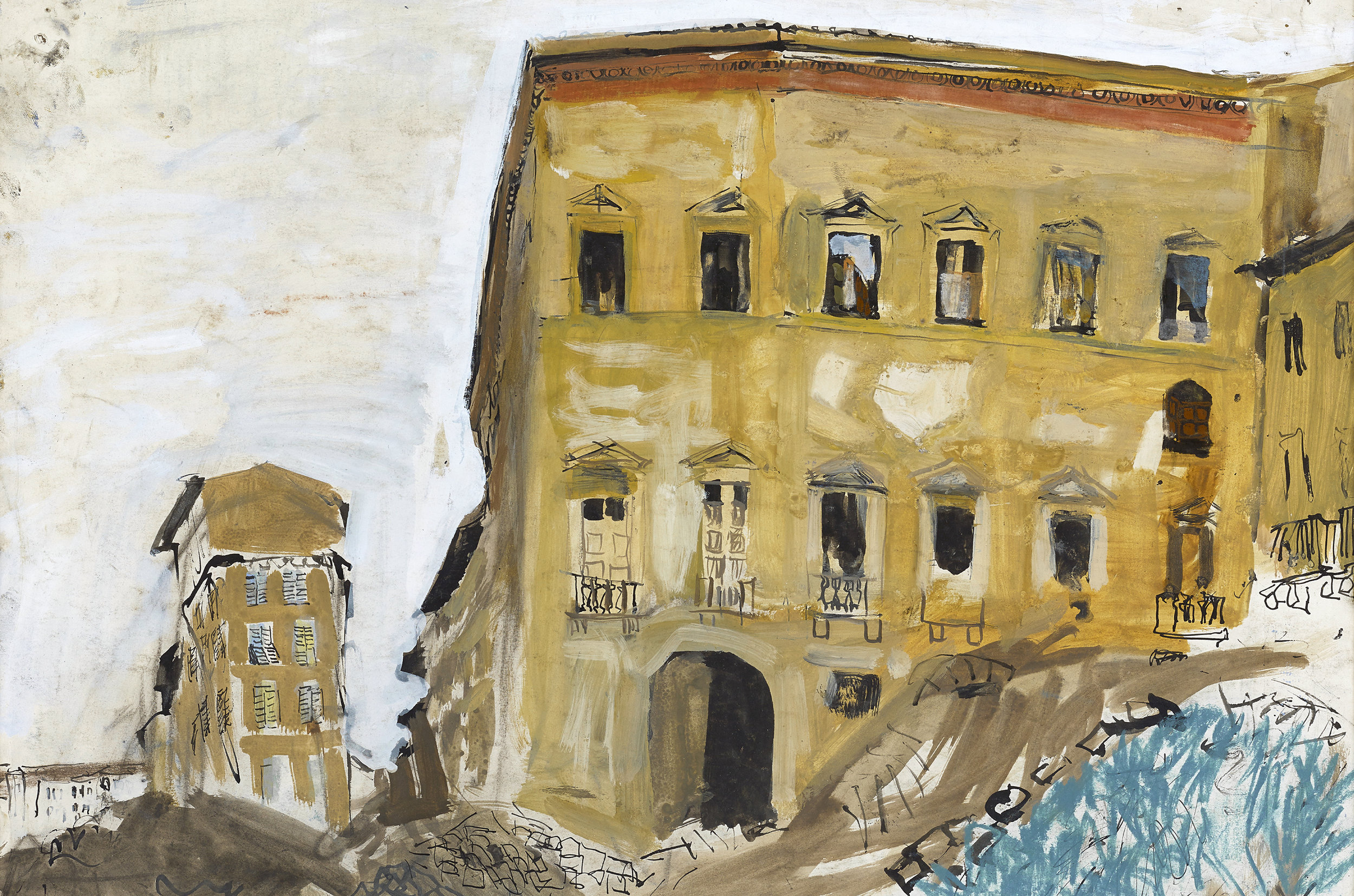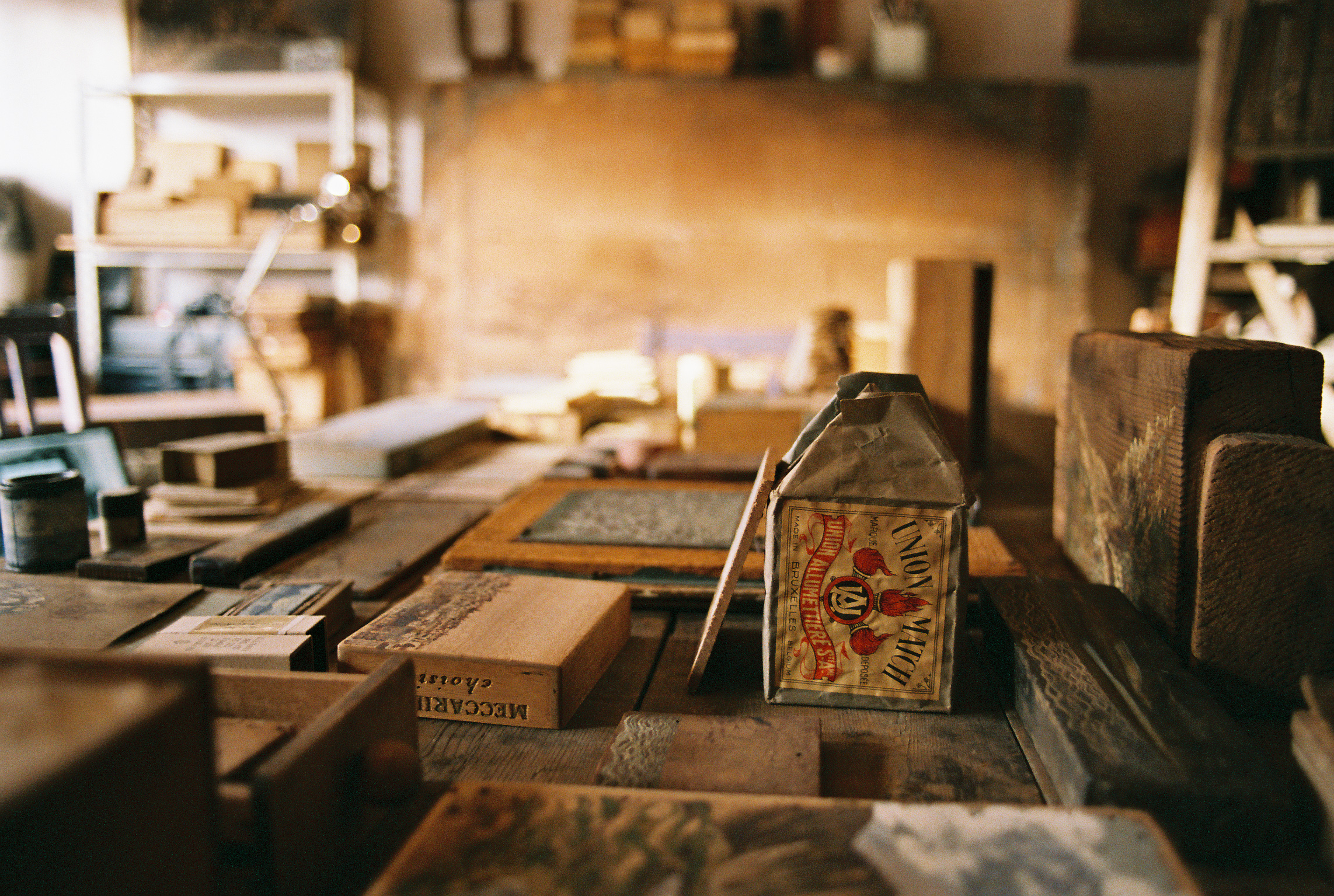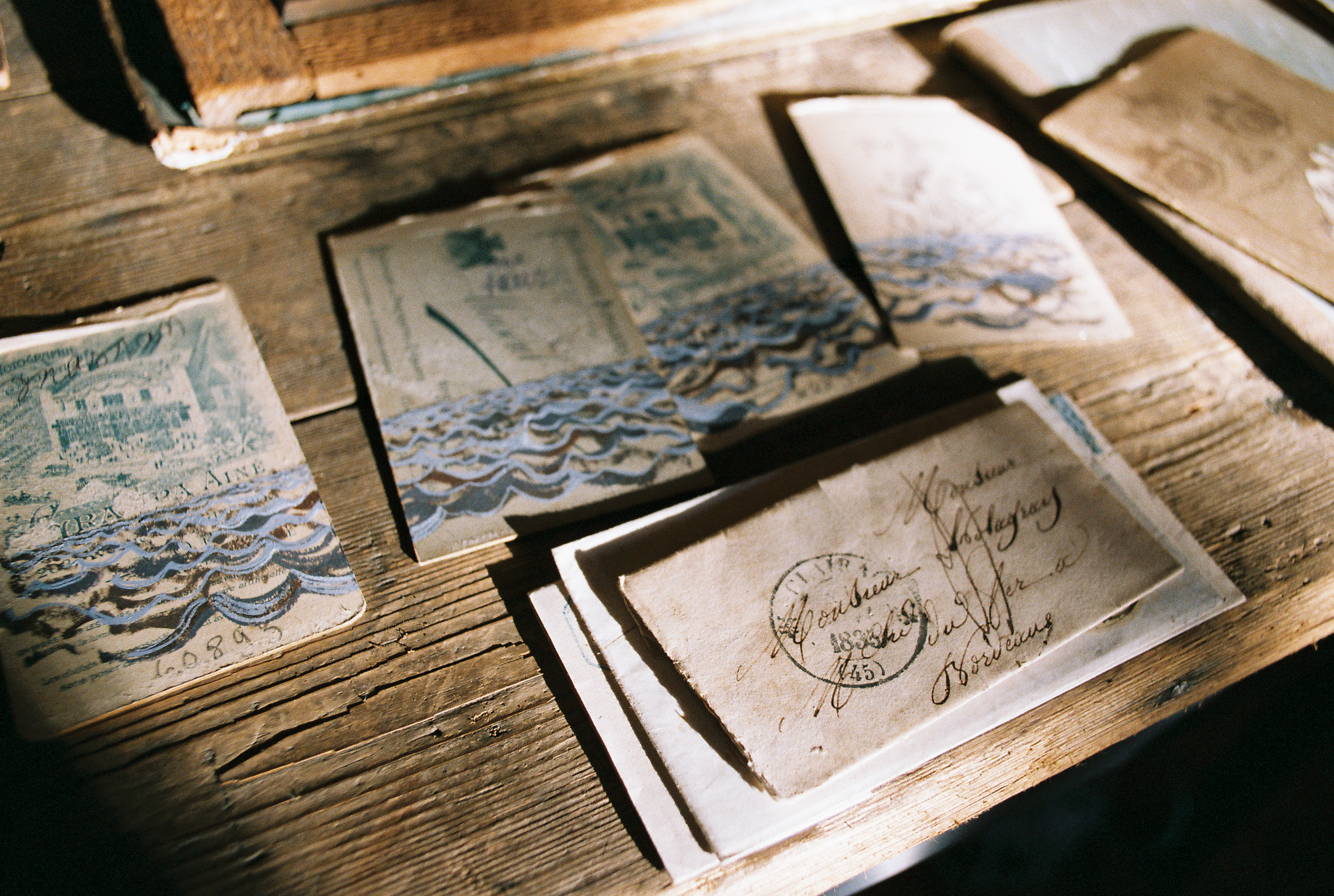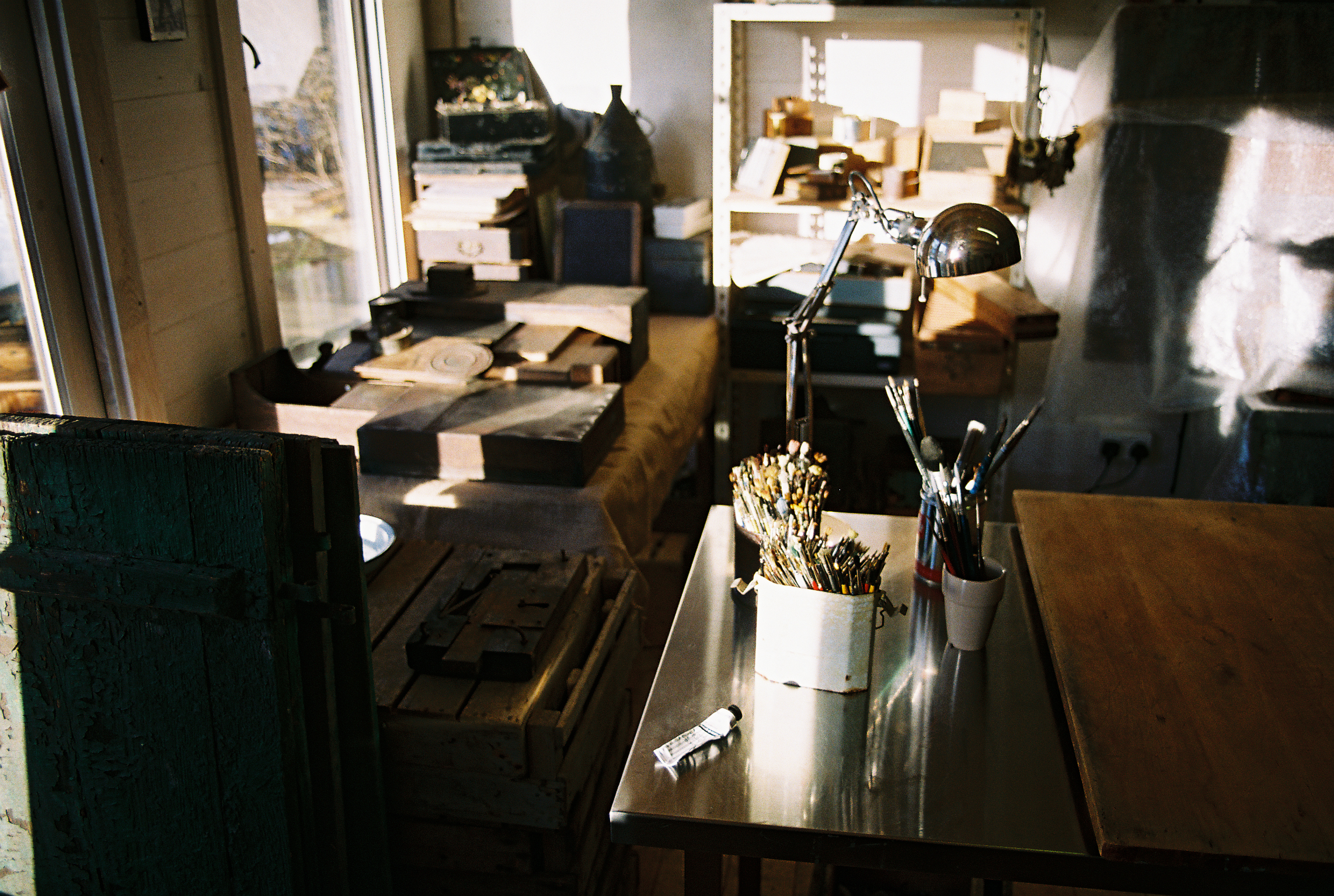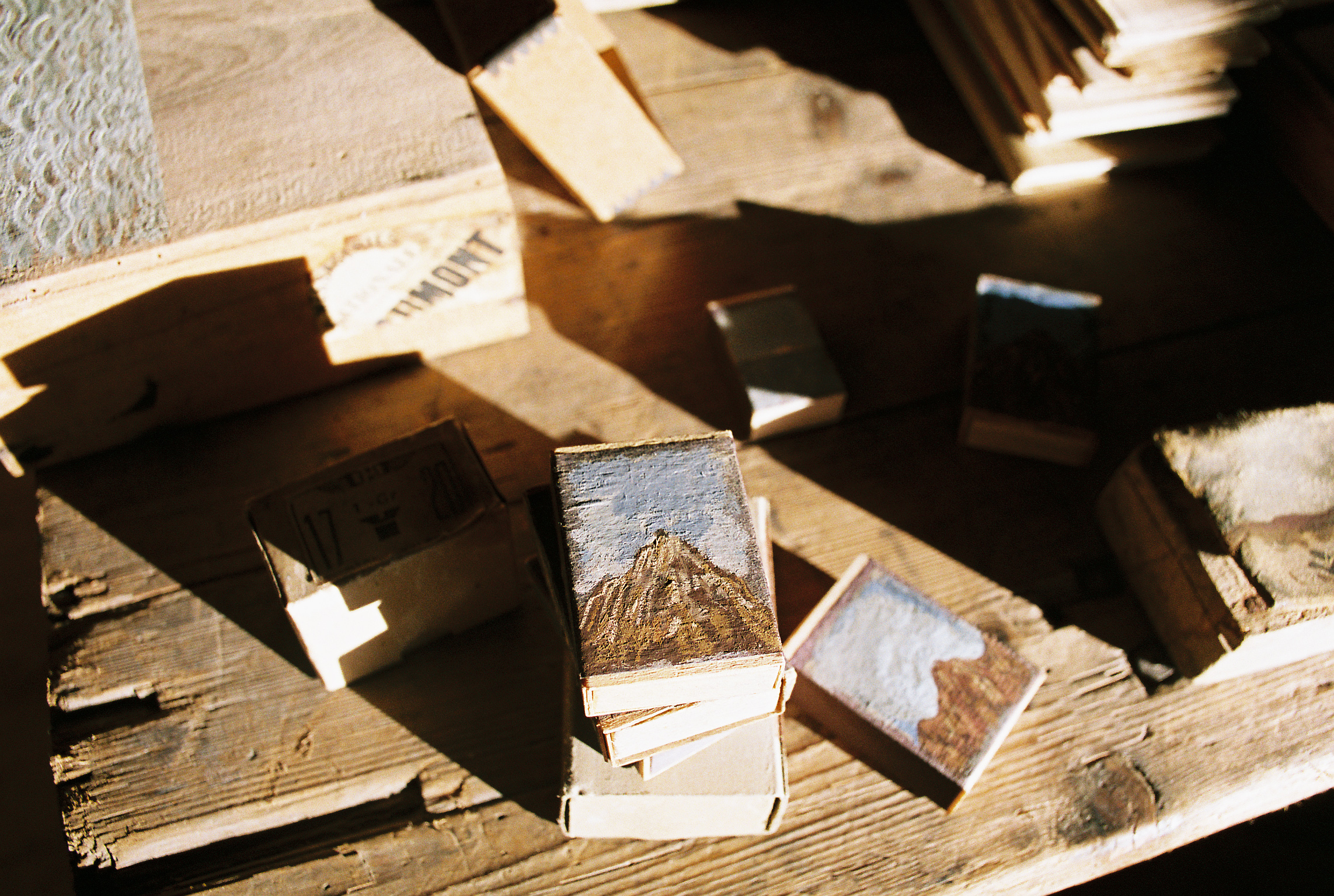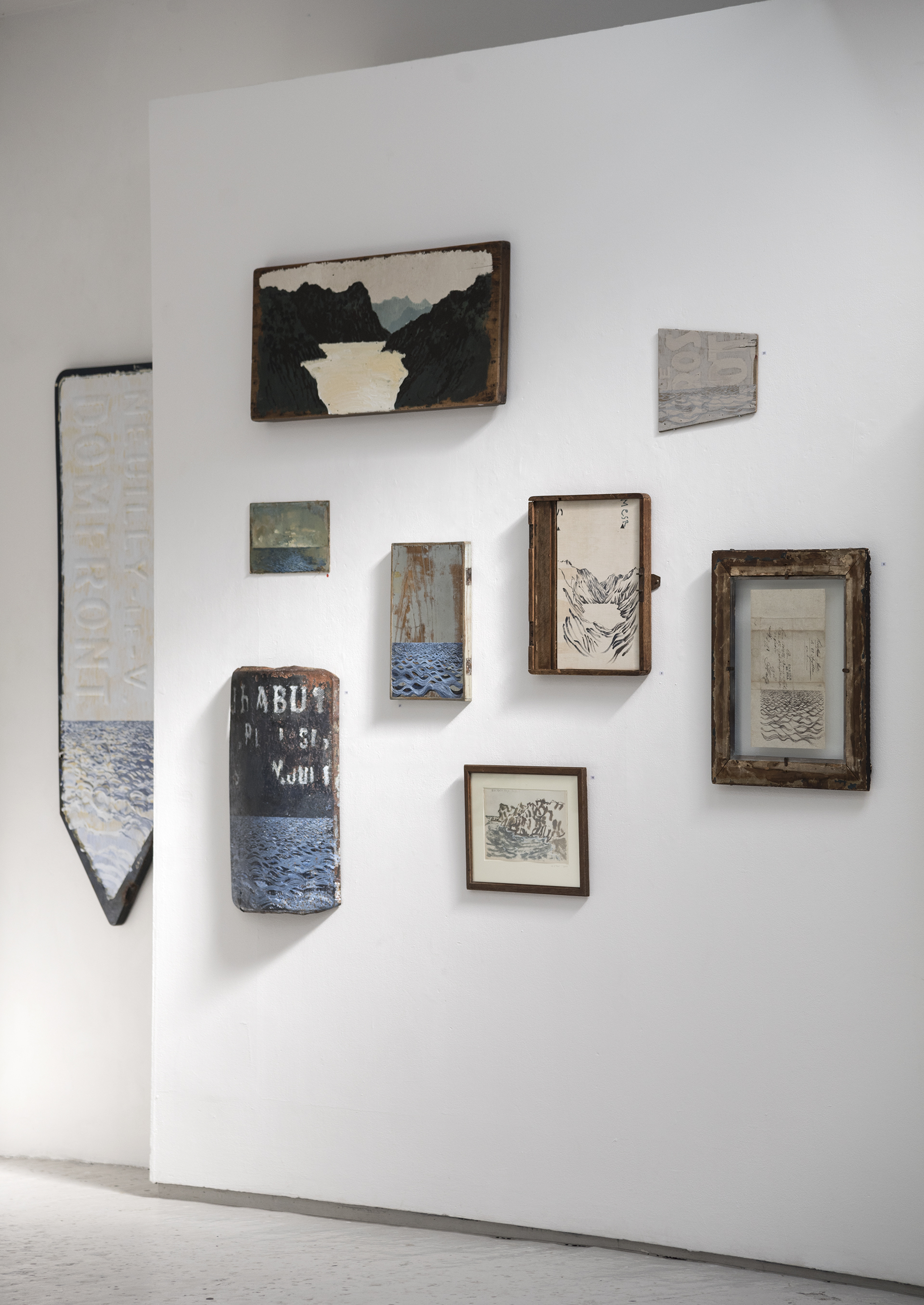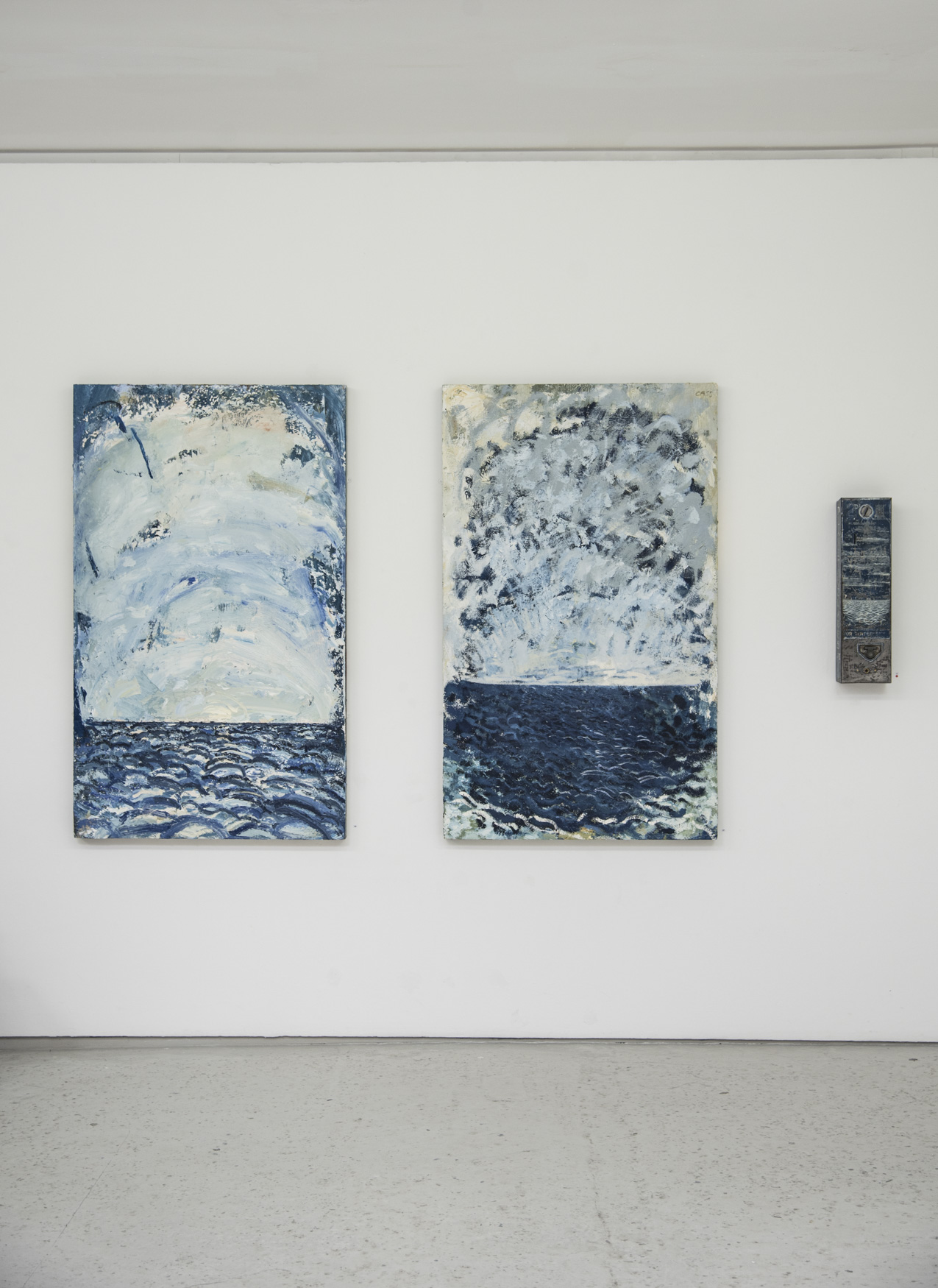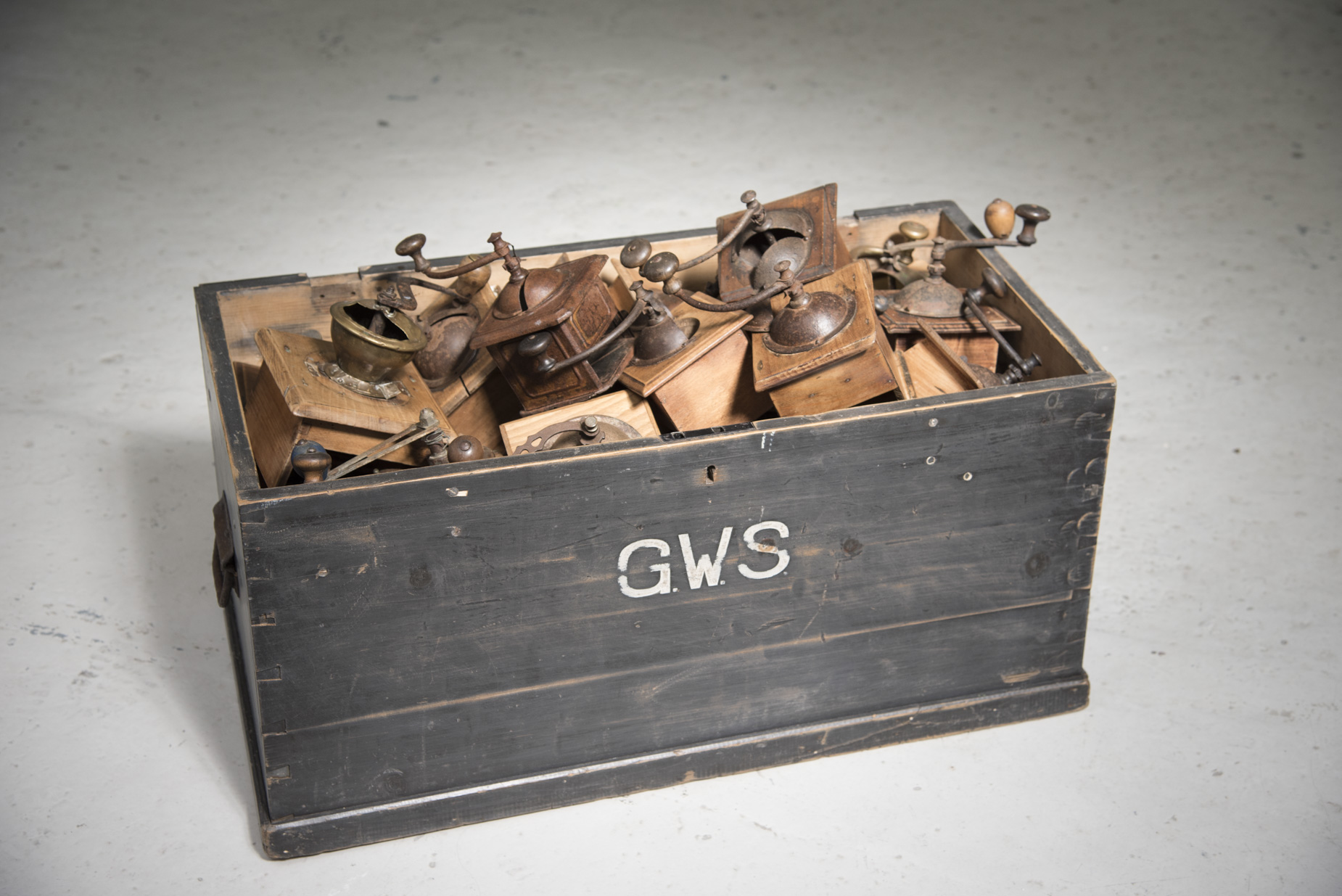Joan Eardley: Building, Palazzo Type (1948) Gouache 49 x 42 cm
I'm thrilled to be able to include Joan Eardley's 1948 Florence watercolour in Foreign / Familiar.
The works that form this exhibition are observations of the foreign ‘everyday’ through often overlooked architecture and city elements, and indeed scenarios that might not spring immediately to mind upon consideration of these locations. This is taken to a further extent in Eardley’s ‘Building, Palazzo Type’, for it was not only in Glasgow that the artist sought out derelict or dilapidated built-environment subjects. In this watercolour the noble proportions of a Florentine riverbank palazzo stand — quite unfamiliarly to the ancient structure — on unstable foundations, at a precarious angle, the rubble of restoration work all around, and with another isolated (spared) building standing exposed behind.
Eardley here is documenting the extreme restoration works necessitated by the devastation Florence endured at the end of the Second World War. The Germans had blown-up buildings along the river and each of the bridges that crossed it, except for Ponte Vecchio, which Officer Gerhard Wolf had ordered to be spared for personal reasons. Eardley’s watercolour depicts Piazza di Santa Maria Sopearno — along Lungarno Torrigiani and just behind Ponte Vecchio — and focusses on the still-standing Palazzo Tempi. This work therefore celebrates this steadfast ochre palazzo, one of many that line the riverbank, built some-time in the early fifteenth century and then restored three hundred years later to take the form that Eardley describes. Perhaps spared because of its close proximity to Ponte Vecchio, this beaming structure — owned by successive Florentine noble-families — has stood resolute throughout a turbulent history of siege, political struggle, war and repeated flooding*. Eardley’s painting presents this bastion as etched into that same history and memory, as familiar to the city’s inhabitants today as it would have been four hundred years ago.
*During the lifetime of Palazzo Tempi, Florence has endured seventeen small floods, sixteen large floods, and seven exceptional ones: most recently that of 1966, as seen in [Cass’s] Florence in flood project.
These analogue 35mm stills document my ever-changing Stow studio. Captured with a 1984 Canon AV1, these images are an incredibly important aspect of my practice. Over exposed, or with expired film, these images document small moments, that – when taken together – illustrate not only how I work and where my ideas come from, but also the hoards of antique objects that inspire the creative process.
Wherever I've worked over the last six years (I've had studios in Edinburgh, Glasgow & Brussels; I've made work in France, Spain & Italy too) I've always returned here to Stow in the Scottish Borders to draw exhibitions and projects to a close.
“These new photographs on old film effect a curious folding of time. They have a quality of age, so that today looks like a postcard from years before. As [his] paintings enact an encounter of solid things, lodged in time and place, with endlessness and timelessness - the momentary glimpses of memory, the seascapes’ unending motion, represented on particular objects with particular histories - so the camera’s lens opens, and ‘now’ is captured on film that dates from ‘then’.
There is a motif of journeying and standing still, represented in a number of [his] photographs ... See here the warm interior of the studio, objects slant-lit, gathered in their taxonomies, bundled, piled, and at rest.”
A set of paintings that explore the concept of the surface. Created using non-traditional methods and painted on unconventional surfaces, these repetitive, layered artworks are unified by their exclusive depiction of water. From heavily layered oil paintings created outdoors over several years, to miniature gouache artworks painted on matchboxes or coffee grinder drawers.
The exhibition (and ongoing series) features images of water surveyed whilst travelling: the Atlantic from Cádiz, the Adriatic from Dalmatia, the Mediterranean from Liguria. Many too, are abstracted visions of the English Channel ('Mor breizh') - the strip of water I must cross to reach France, Belgium, Spain and Italy - where I source the materials and supports upon which I works. From Paris’ plethora of antique shops to Brussels’ frequent flea-markets, I source and gather every-day items (wooden, metal, and paper planes) suitable to be brought back to the studio and transformed into the foundation of each artwork.
These are artworks made from ordinary objects that speak of function and familiarity: tabletops, drawer bases, trunk lids, roadsigns, books & papers. Aged items and objects that describe a lifetime of use in their worn grains – a kind of repetition that is mirrored in the marks of each piece, the obsessive documentation of a singular subject.


